Remove brake calipers and brake disc
(1) lift the vehicle and remove the rear wheel. Use special tools to position the piston in the rear wheel brake caliper (Figure 1).
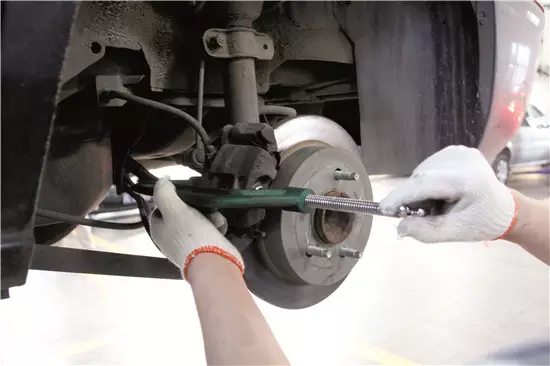
Figure 1
(2) remove the 2 fixing bolts on the back of the brake caliper and remove the brake caliper from the bracket (Figure 2).
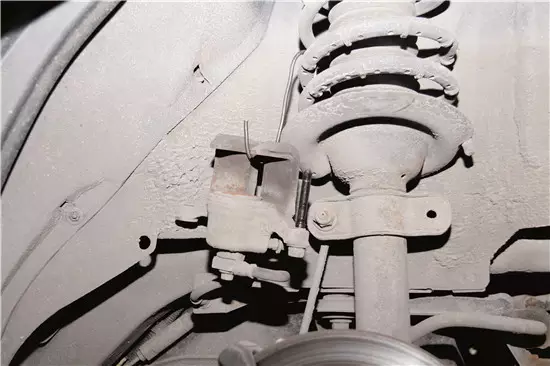
Figure 2
(3) remove the 2 fixing bolts on the back of the bracket and remove the bracket from the bearing seat (figure 3).
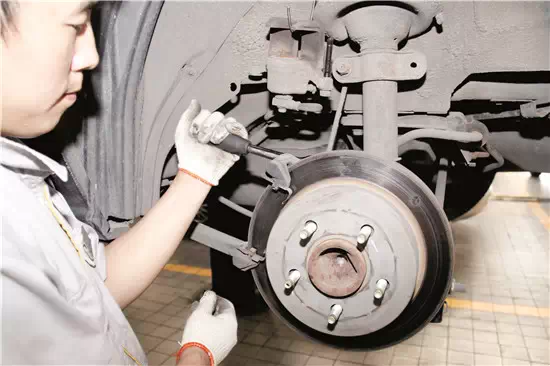
Figure 3
(4) remove the brake disc from the hub bearing (Figure 4).
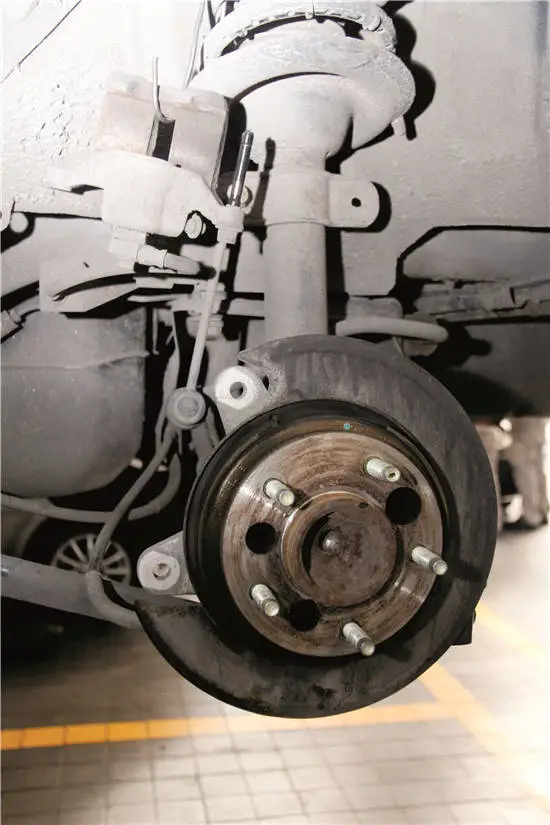
Figure 4 remove hub bearing(1) disconnect the wheel speed sensor connector on the back of the hub bearing (figure 5).
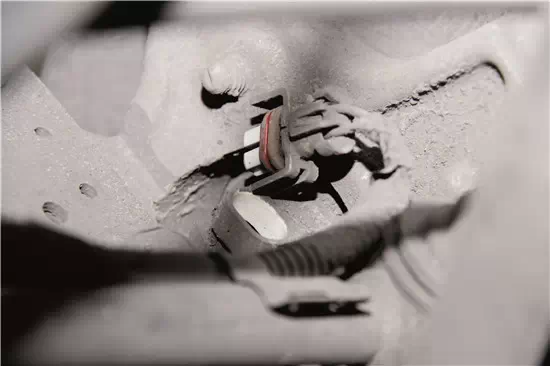
Figure 5
(2) remove the four bolts connecting the hub bearing and the bearing seat through the hole on the hub bearing flange (figure 6).
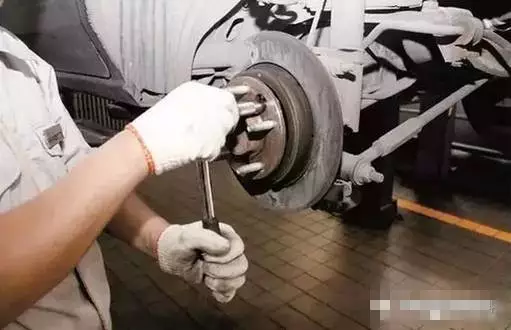
Figure 6
(3) remove the hub bearing and parking brake assembly from the bearing seat (Figure 7).
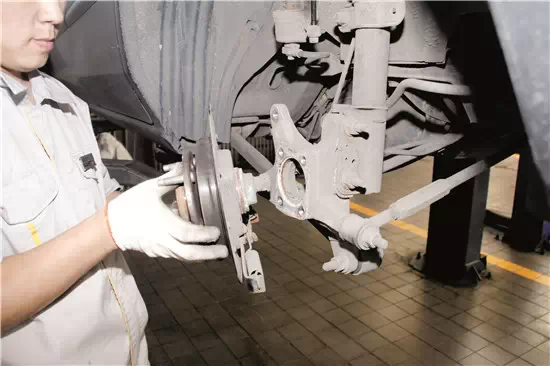
Figure 7
(4) remove the parking brake mechanism from the hub bearing (Figure 8).
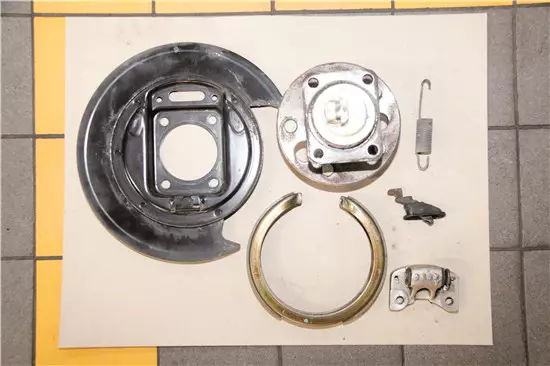
Figure 8
Install hub bearing(1) compare the new and old hub bearings and confirm their specifications are consistent (Figure 9).
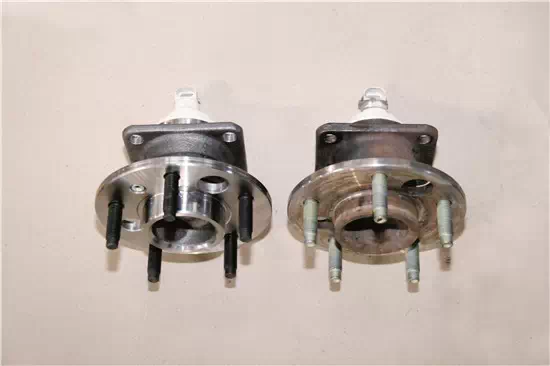
Figure 9
(2) install parking brake mechanism (Figure 10).
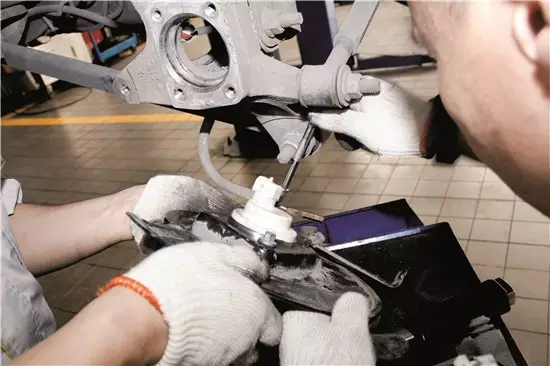
Figure 10
(3) install the hub bearing and parking brake assembly, the installation torque is 75 N · m (Figure 11), and insert the plug-in of the wheel speed sensor.
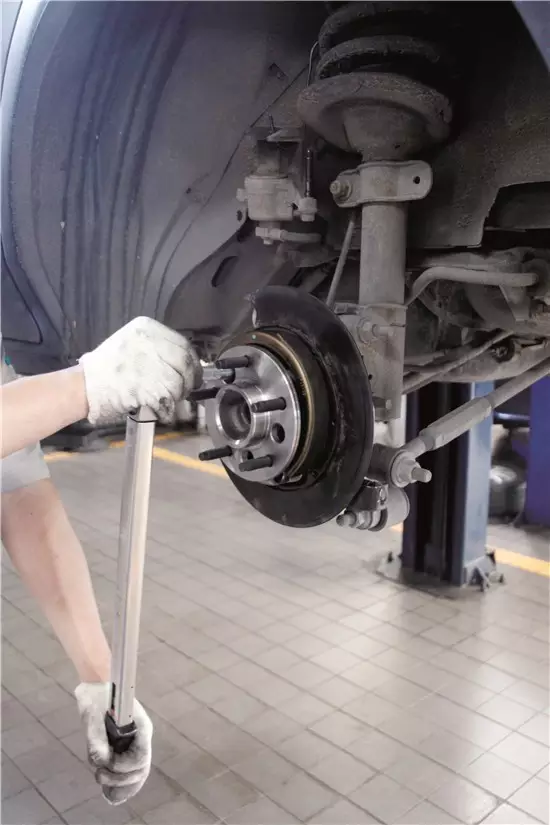
Figure 11
(4) adjust the clearance between parking brake disk and brake drum (Figure 12).
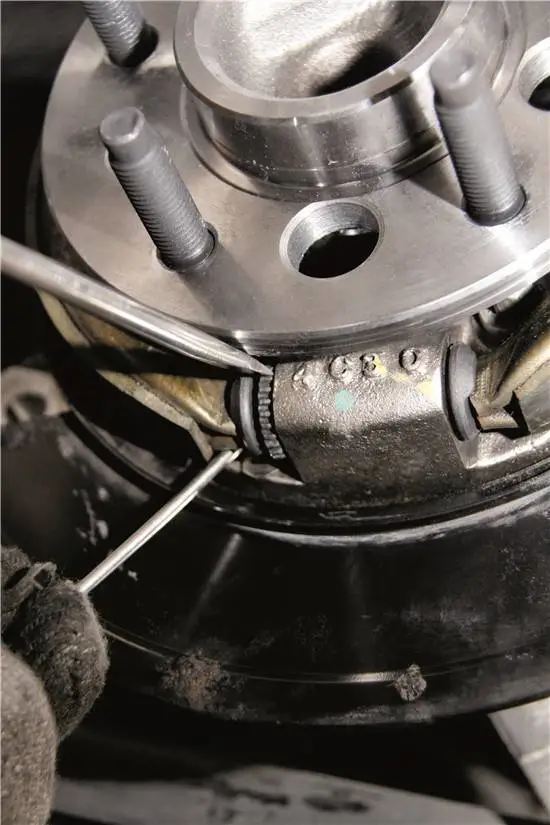
Figure 12
Install brake disc and brake pads
(1) compare the new and old brake disc, confirm its specifications are consistent, and install it on the hub bearing after cleaning (Figure 13).
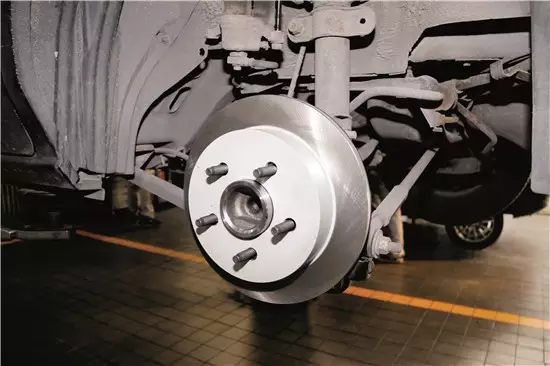
Figure 13
(2) install the brake caliper bracket on the bearing seat, and the installation torque is 125 N · m (Figure 14).
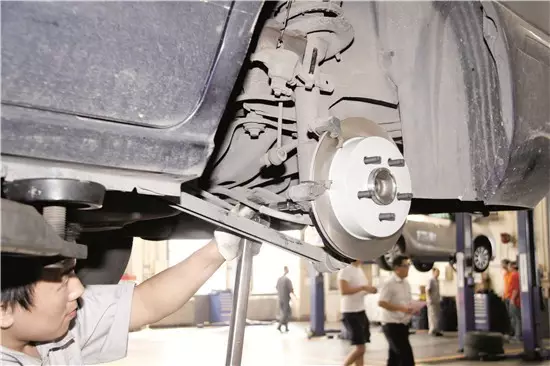
Figure 14
(3) compare the old and new brake pads, confirm that the specifications are consistent, and apply the silencer paste on the back of the friction plate and the area where the two sides are in contact with the calipers, and then install the new friction plate on the bracket (Figure 15).
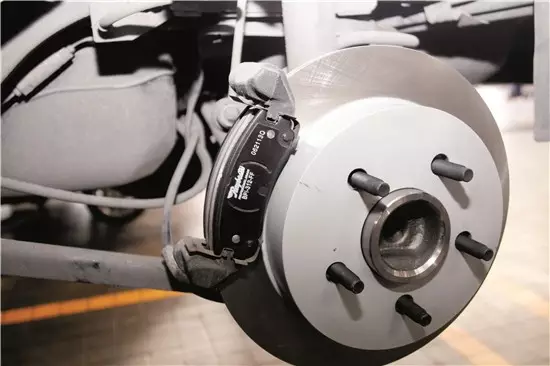
Figure 15
(4) install the brake caliper on the bracket, and the installation torque is 44 N · m (Figure 16).
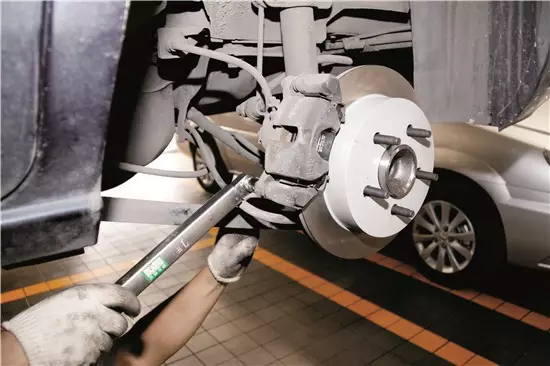
Figure 16
Special precautions
(1) before maintenance, in order to avoid oil overflow in the brake storage liquid tank, part of the brake fluid can be extracted as appropriate, and then added after the maintenance is completed, so that it is between the upper and lower limits.
(2) after removing the brake calipers, hooks should be used to hang on the car body to prevent the braking line from being damaged by force.
(3) before installation, clean the contact surface between brake disc, hub bearing and bearing seat, and apply grease on caliper bolts.
(4) before installing new brake pads and brake disc, clean the surface of these parts and remove the anti-corrosion protective coating to avoid affecting the braking effect.
(5) when adjusting the parking brake mechanism, ensure that the brake disc can rotate freely when parking brake is not used. After parking brake is used, the brake disc can be reliably fixed.
(6) after all maintenance operations are completed, the brake pedal should be stepped on repeatedly, and the engine and mobile vehicle can be started only after reliable braking effect is confirmed.
(7) during the test run after the maintenance, the brake should be carried out with moderate intensity under the condition of low speed, so that the newly replaced brake pads and brake disc can achieve good coordination effect.
(8) The wheel speed sensor of this vehicle type is integrated into the hub bearing. After replacing the hub bearing, the relevant data should be read by using the fault diagnosis equipment to confirm the normal operation of the wheel speed sensor.